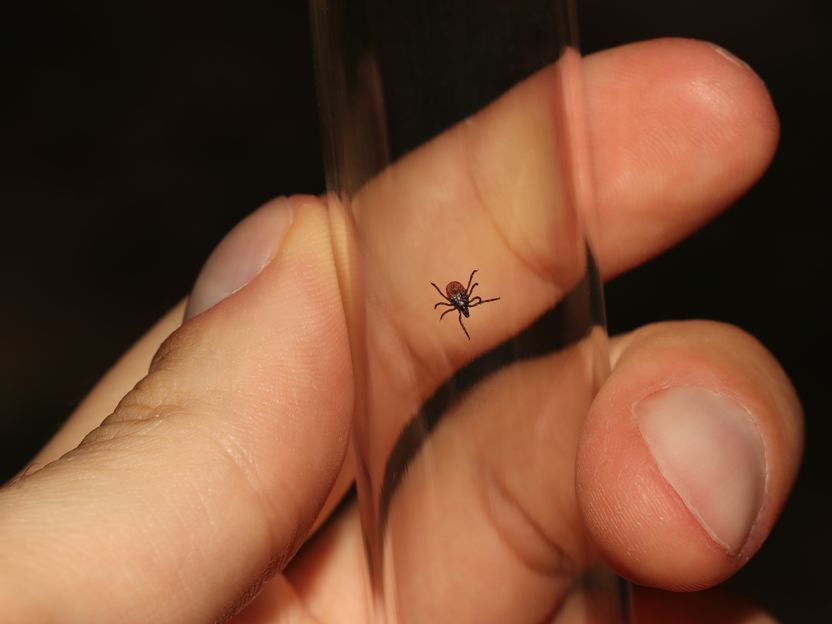Research by two Texas A&M University scientists focuses on improving treatment outcomes for Lyme disease by developing a more accurate and effective test than the current one.
Borreliosis, the fastest growing vector-borne disease in the United States, according to the Bay Area Lyme Foundation, is difficult to diagnose and can only be treated in the early stages of infection. Once the infection spreads to the nervous and muscular systems, it is harder to detect and less susceptible to antibiotics.
Dr. Artem Rogovskyy, associate professor, Texas A&M College of Veterinary Medicine and Biomedical Sciences (VMBS), and Dr. Dmitry Kurouski, adjunct professor, Texas A&M Department of Biochemistry and Biophysics and Department of Biomedical Engineering, are testing Raman spectroscopy , a technique used to detect vibration at the molecular level, as a diagnostic tool for Lyme disease.
The results of Rogovskyy and Kurouski’s second paper on Raman spectroscopy as a diagnostic tool for Lyme disease demonstrate that blood samples from mice and humans infected with the Lyme pathogen were identified more accurately with Raman spectroscopy testing than with serology at two levels, the only diagnostic method currently approved for diagnosing Lyme disease in humans in the United States.
“We are trying to develop a better test that is simple, cheap and accurate,” Rogovskyy explains. “By precise I mean highly sensitive and highly specific at the same time.”
The increased accuracy of Raman spectroscopy tests could improve diagnostic practices for Lyme disease in both humans and animals believed to have been in contact with the disease.
In the case of animals, the new test would require a smaller sample that could easily be taken in the field, away from a veterinary clinic or hospital, improving mobile veterinary practices.
For humans, Raman spectroscopy tests could significantly reduce the time required to complete tests, increase diagnostic accuracy, reduce the cost of diagnosing disease, and improve overall health outcomes by definitively diagnosing disease early.
Rogovskyy explained that the team is validating the test through further studies and, if validated, could become an important diagnostic tool for Lyme disease worldwide, especially in more remote areas outside the United States where the disease is prevalent, allowing for testing outside traditional hospital and medical settings.
The researchers’ collaborative efforts received funding from the Bay Area Lyme Foundation, a non-profit organization that partners with world-class scientists and institutions to accelerate medical advances in Lyme disease. They also received human blood samples from the Lyme Disease Biobank, a repository for clinical samples.
Rogovskyy and Kurouski’s first published paper on Raman spectroscopy is the first proof-of-concept study that explored Raman spectroscopy to diagnose mice infected with the Lyme pathogen. His second paper included Raman spectroscopy test data on samples from mice infected with European Lyme pathogens, as well as numerous human blood samples provided by the Lyme Disease Biobank.
Rogovskyy expects the team to be able to publish more results in about two years from the next phase of their research, which involves blindly testing human samples.

